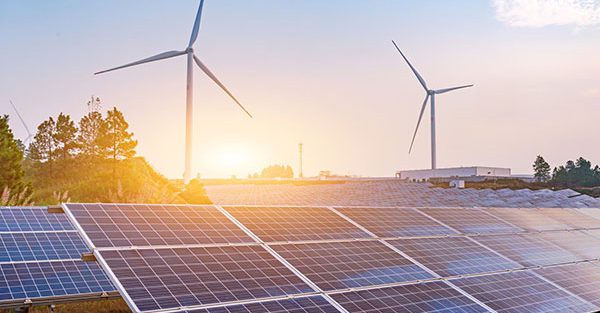Clean energy refers to energy that is generated from renewable, sustainable sources that produce little to no pollution or greenhouse gas emissions. These energy sources are environmentally friendly and help combat climate change by reducing the dependency on fossil fuels such as coal, oil, and natural gas.
Common Sources of Clean Energy
Solar Energy: Captured from the sun using solar panels, this energy can power homes, businesses, and even vehicles. Photovoltaic cells in solar panels convert sunlight directly into electricity.
Wind Energy: Wind turbines convert the kinetic energy of wind into electricity. Large wind farms are often used to supply power to grids, while smaller turbines can be used for localized power generation.
Hydropower: Energy is generated by harnessing the movement of water, typically in rivers or dams. The flow of water spins turbines, which generate electricity.
Geothermal Energy: This is heat energy from beneath the Earth’s surface. It is used to generate electricity or for direct heating purposes.
Biomass Energy: Organic materials, such as wood, crop waste, and animal manure, are burned or processed to produce energy. Modern technologies make this process cleaner and more efficient.
Hydrogen Energy: Hydrogen, when used in fuel cells, produces electricity, water, and heat, with no harmful emissions.
How Does Clean Energy Work?
Clean energy systems typically rely on natural processes to generate power. Here’s a general outline of how they work:
Harnessing the Source: Devices such as solar panels, wind turbines, or hydroelectric dams capture energy from natural sources.
- Example: Solar panels absorb sunlight, wind turbines catch moving air, and hydro turbines are powered by flowing water.
Conversion: The captured energy is converted into usable forms, usually electricity.
- Example: Solar panels use photovoltaic cells to convert sunlight into direct current (DC) electricity, which is then transformed into alternating current (AC) for use in homes.
Storage and Distribution: The energy is either used immediately, stored in batteries, or fed into an electricity grid for distribution.
- Example: Lithium-ion batteries store solar energy for use during the night or cloudy days.
Usage: The electricity powers homes, businesses, and transportation, reducing reliance on fossil fuels and lowering carbon footprints.
Benefits of Clean Energy
- Environmentally Friendly: Produces little to no greenhouse gas emissions.
- Sustainable: Relies on abundant, renewable resources like sunlight and wind.
- Economic Growth: Drives innovation, creates jobs, and reduces energy costs in the long term.
- Energy Independence: Reduces reliance on imported fossil fuels.
Clean energy technologies are critical for a sustainable future, offering solutions to energy needs while preserving the planet’s health.



